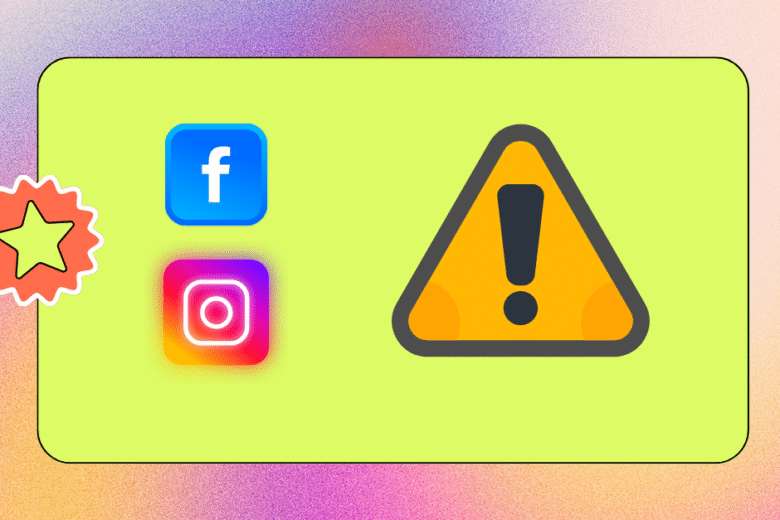Online shopping is a game-changer—convenience, endless options, and deals delivered to your door. But not every website is legit. Some are scams waiting to snatch your money or data. How do you tell the good from the bad? This guide shares five straightforward tips to help you shop online with confidence. With simple language, real examples, and plenty of breathing room, it’s your roadmap to spotting trustworthy online shops.
1. Look for Clear Contact Details
A legit shop makes it easy to get in touch. They’ll list a physical address, phone number, or email—sometimes all three. If you’re squinting at a website with just a vague “contact us” form or nothing at all, walk away.
Take Jenny, a graphic designer from Atlanta. She found a site selling custom mugs that looked amazing, but there was no address or phone number, just an email that felt off. She sent a test message asking about shipping and got no reply. Trusting her instincts, she skipped it. Later, she found a similar shop with a clear address in Denver and a customer service number. One quick call confirmed her order, and her mugs arrived in perfect shape.
Before you buy, check the footer or “Contact Us” page for real contact info. Send a quick email or call to test responsiveness. A shop that answers promptly is usually one you can trust.
2. Check for Website Security
A secure website protects your payment info. Look for “https://” in the URL and a little lock icon in your browser’s address bar. These mean the site encrypts your data. No lock? No trust.
Consider Mark, a student in San Diego. He was about to buy headphones from a site with crazy low prices, but the URL was “http://” with no lock. Something felt wrong, so he googled the site and found warnings about stolen credit card info. He switched to a well-known retailer with a secure checkout and got his headphones without a hitch.
Always check for “https://” and that lock before entering your card details. Look for trust badges like “Secured by PayPal” or “McAfee Secure” near the checkout for extra peace of mind.
3. Dig into Customer Reviews
Reviews are your window into a shop’s reputation. Trustworthy stores have feedback that feels real—some glowing, some critical, but always detailed. If every review is perfect or sounds like it was written by a bot, be skeptical.
Sofia, a nurse in Houston, almost bought a dress from a site with suspiciously flawless reviews like “Perfect product!” with no specifics. She checked Trustpilot and found complaints about non-delivered orders. Instead, she chose a retailer with honest, mixed reviews on Google—some praised fast shipping, others mentioned sizing issues. Her dress arrived as expected, and she felt confident in her choice.
Search the shop’s name plus “reviews” on Google or check sites like Trustpilot or Better Business Bureau. Look for reviews with real stories, not just generic hype. No reviews anywhere? That’s a red flag.
4. Watch for Pricing and Policy Red Flags
If a deal looks too good to be true, it probably is. Scammy shops use dirt-cheap prices to lure you in, often with no clear return or shipping policies. Legit shops have fair prices and transparent rules.
Take Alex, a barista in Seattle. He spotted a $30 smartwatch on a site—normally $150. Tempted, he checked the return policy: it didn’t exist. Shipping details were also vague. He passed and bought from a store with a clear 30-day return policy and prices that made sense. His watch arrived in days, no drama.
Compare prices with big retailers. If the deal’s way off, dig deeper. Check for a clear return policy (like “14 days for returns, buyer pays shipping”) and specific shipping info. Missing or murky policies? Shop somewhere else.
5. Scope Out Their Social Media Vibe
A trustworthy shop usually has an active social media presence with real followers and engagement. If their Instagram or Facebook is a ghost town, has fake followers, or only posts ads, think twice.
Rachel, a baker in Nashville, wanted to buy craft supplies online. One site’s Instagram had tons of followers but zero comments or likes—classic bot vibes. She found another supplier with a lively Instagram, full of customer photos and chatty replies to comments. She ordered, got a discount code from their latest post, and her supplies arrived perfectly.
Check the shop’s social media for regular posts and real interactions. Are customers commenting? Does the shop reply? An active, engaging account shows they care about their community—and your business.
Wrap It Up
Online shopping doesn’t have to feel like rolling the dice. By checking for clear contact details, website security, honest reviews, fair pricing and policies, and a solid social media presence, you can spot shops worth your money. These tips are your toolkit to shop smarter, avoid scams, and enjoy the convenience of online buying.
Found a great online shop or dodged a shady one? Drop your story in the comments—I’d love to hear it! Now go shop with confidence.
